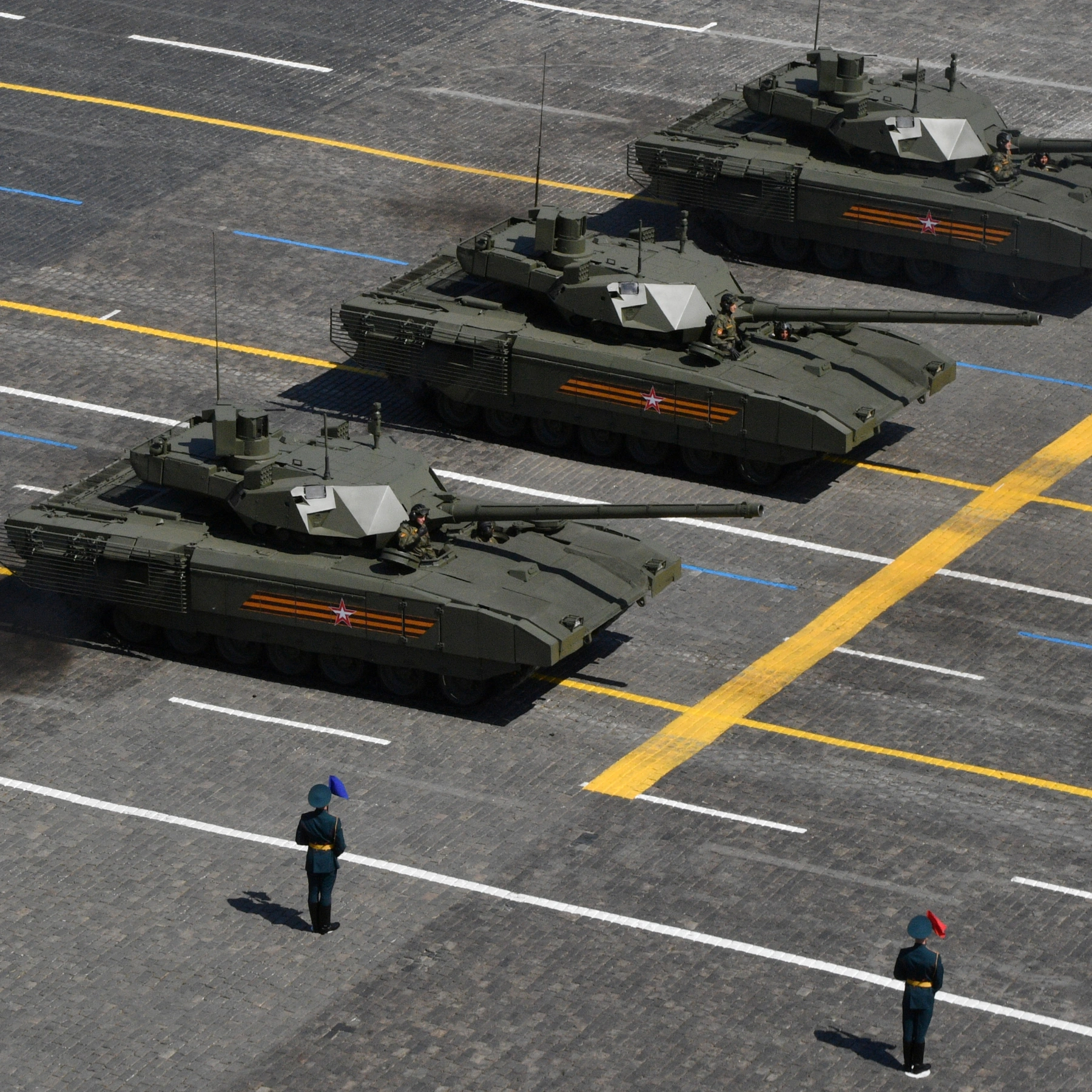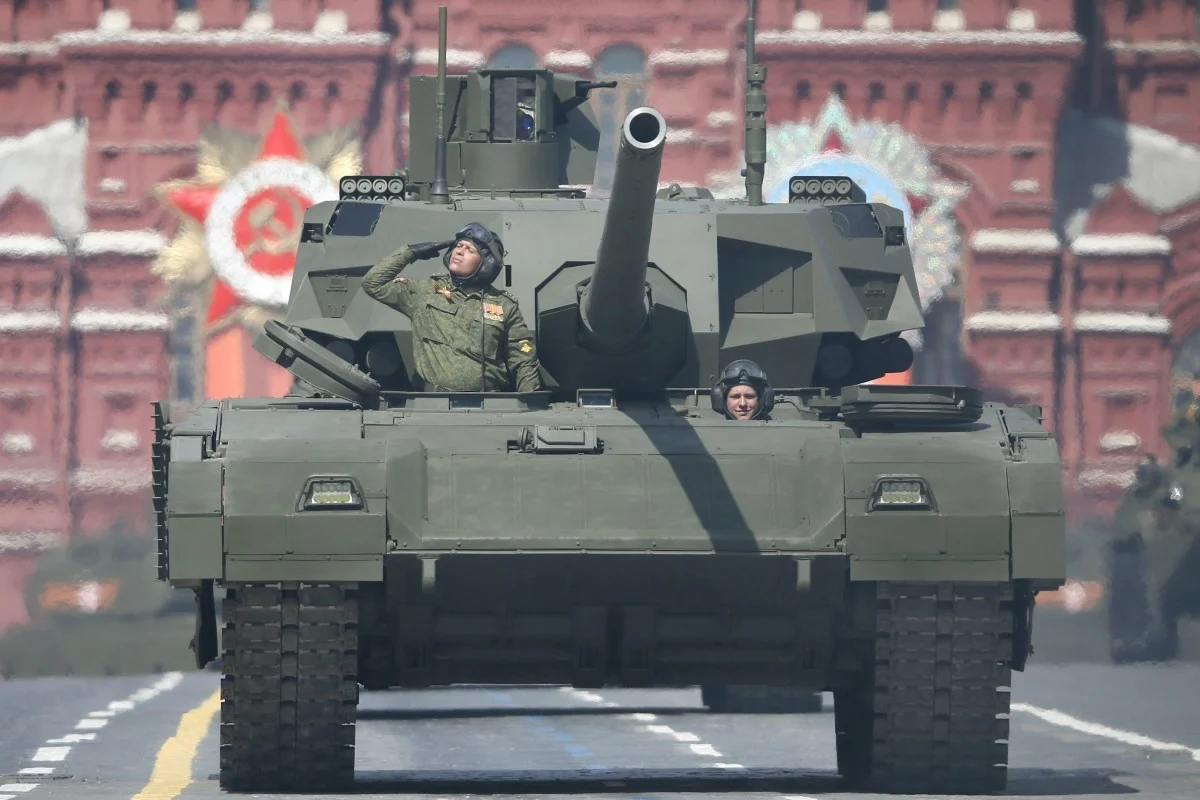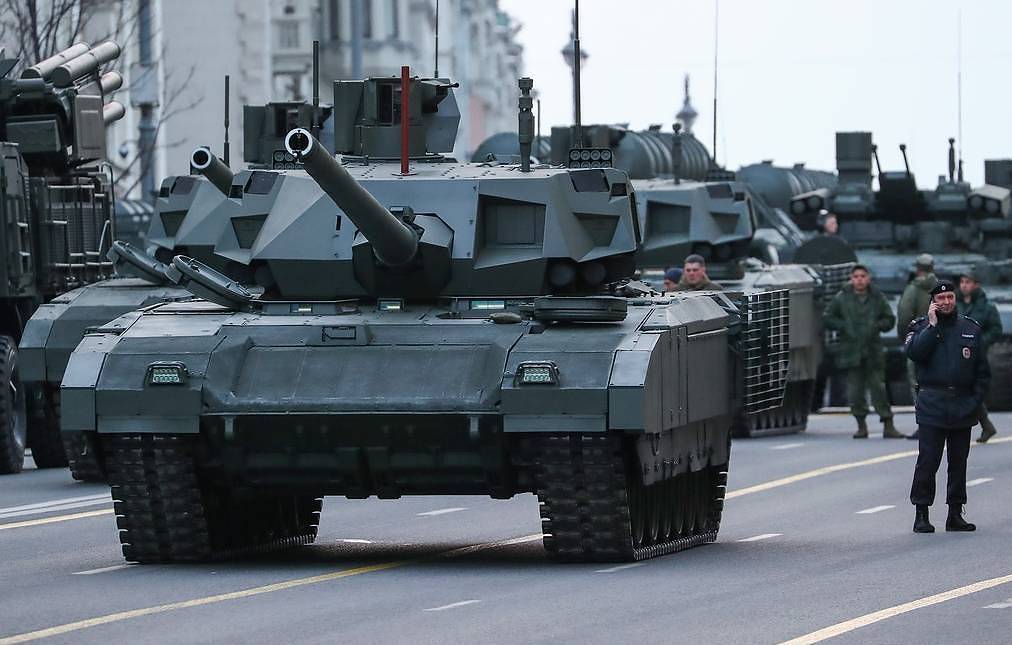RIA state news agency reported on Tuesday that Russia has initiated the use of its new generation T-14 Armata battle tanks in Ukraine. These tanks have been deployed to target Ukrainian positions, although they have not been involved in direct assault operations thus far.

The T-14 Armata battle tank features an unmanned turret, allowing the crew to control the armaments remotely from a secure, armored capsule situated in the front part of the hull. RIA reported that the tank can reach a maximum speed of 50 miles per hour on highways.

However, in January, British military intelligence noted that Russian forces in Ukraine were hesitant to accept the initial delivery of these tanks due to their “poor condition.” British military intelligence also expressed that deploying the T-14 Armata tanks would be a high-risk decision for Russia, likely motivated by propaganda purposes. “Production is probably only in the low tens, while commanders are unlikely to trust the vehicle in combat,” they stated.

Digging Deeper:
The T-14’s development has been problematic, with a history of delays, reductions in planned fleet size, and manufacturing issues spanning over eleven years. Initially, the Kremlin planned for the production of 2,300 T-14 Armata tanks by 2020 after their unveiling in 2015. However, this deadline was later extended to 2025, as reported by Russian media. In December 2021, the Interfax news agency reported that Rostec, the state conglomerate, had begun the production of approximately 40 tanks, with expected delivery to occur after 2023.





